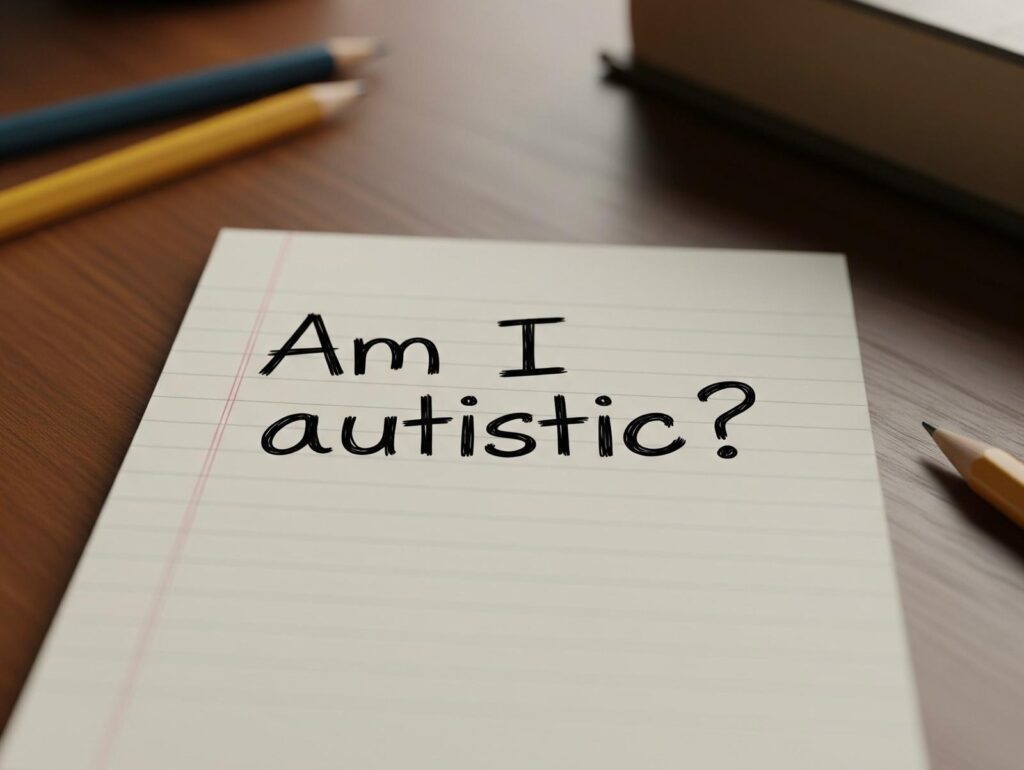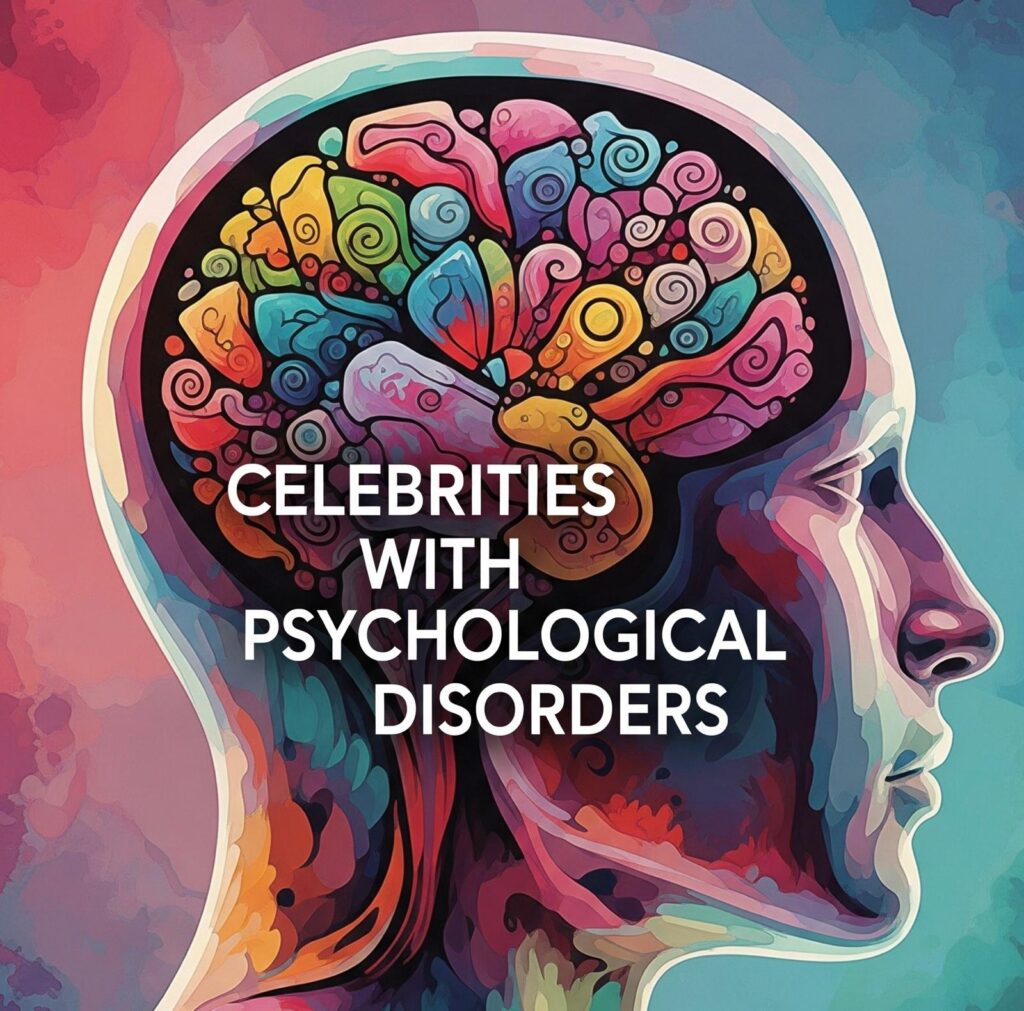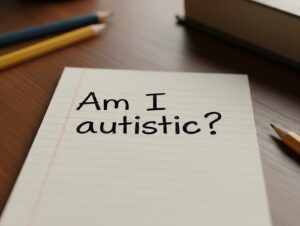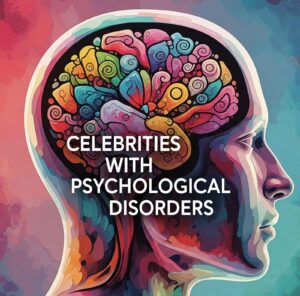Co-occurring psychological conditions, also known as comorbidities, occur when an individual experiences more than one mental health disorder simultaneously. Understanding these common co-occurrences is essential for effective diagnosis and treatment, as symptoms of one condition may exacerbate the other. This article examines some of the most common co-occurring psychological conditions and their impact on overall mental health.
Keywords: Common co-occurring psychological conditions, Anxiety and depression comorbidity, ADHD and learning disabilities, PTSD and substance use disorder, Bipolar disorder and addiction, Co-occurring mental health disorders
1. Anxiety and Depression
One of the most common co-occurring psychological conditions is the combination of anxiety disorders and depression. Studies suggest that around 50% of individuals with depression also experience an anxiety disorder (Kessler et al. 2005). The overlapping symptoms, such as restlessness, fatigue, and difficulty concentrating, can make it difficult to differentiate between the two conditions.
Impact: Anxiety can heighten the feelings of hopelessness and sadness associated with depression, while depression can intensify the worries and fears present in anxiety. This combination often leads to a cycle of negative thoughts, making treatment more complex (Kroenke et al. 2007).
2. Substance Use Disorder and PTSD
Post-Traumatic Stress Disorder (PTSD) frequently co-occurs with Substance Use Disorder (SUD). Many individuals with PTSD turn to alcohol or drugs as a way to cope with trauma-related symptoms, such as flashbacks, hypervigilance, and emotional numbness. Estimates suggest that 20-40% of individuals with PTSD also have a substance use disorder (Jacobsen et al. 2001).
Impact: The use of substances can exacerbate PTSD symptoms, leading to impaired emotional regulation and difficulty in processing traumatic memories. The co-occurrence of these conditions often requires integrated treatment that addresses both trauma and substance abuse (Simpson et al. 2011).
3. ADHD and Learning Disabilities
Children and adults with Attention-Deficit/Hyperactivity Disorder (ADHD) are at increased risk of having learning disabilities. It is estimated that up to 45% of individuals with ADHD also have learning difficulties, particularly in areas such as reading, writing, and mathematics (DuPaul et al. 2013).
Impact: The combination of ADHD and learning disabilities can make it challenging for individuals to succeed academically, often leading to low self-esteem and behavioural problems. Early identification and tailored educational interventions can improve outcomes for individuals with both conditions.
4. Autism Spectrum Disorder and Anxiety
Children and adults with Autism Spectrum Disorder (ASD) often experience co-occurring anxiety disorders. Research shows that 40-50% of individuals with autism also meet the criteria for an anxiety disorder (van Steensel et al. 2011). Common anxiety disorders in individuals with ASD include social anxiety, generalised anxiety disorder, and obsessive-compulsive disorder.
Impact: Anxiety in individuals with autism can exacerbate sensory sensitivities and repetitive behaviours, leading to increased distress. Anxiety symptoms often go untreated in people with autism, as they can be mistakenly attributed to autism-related behaviours. Effective treatment requires a combination of behavioural therapy and anxiety management techniques.
5. Bipolar Disorder and Substance Use Disorder
Another common co-occurrence is Bipolar Disorder and Substance Use Disorder. Individuals with bipolar disorder often use substances to self-medicate during manic or depressive episodes, which can worsen mood instability and increase the risk of addiction. Studies indicate that up to 60% of individuals with bipolar disorder experience a substance use disorder at some point (Regier et al. 1990).
Impact: The combination of bipolar disorder and substance use often leads to more severe manic and depressive episodes, with a higher risk of hospitalisation and suicide. Integrated treatment approaches that address both conditions simultaneously are essential for managing this dual diagnosis.
Conclusion
Co-occurring psychological conditions are common and can complicate the treatment and management of mental health disorders. By understanding the interplay between conditions such as anxiety, depression, PTSD, ADHD, and substance use disorder, healthcare providers can develop more comprehensive and effective treatment plans. Early diagnosis and integrated interventions are crucial in helping individuals manage their symptoms and improve their quality of life.
References
- DuPaul, GJ, Weyandt, LL & Janusis, GM 2013, ‘ADHD in the classroom: Effective intervention strategies’, Theory into Practice, vol. 50, no. 1, pp. 35-42.
- Jacobsen, LK, Southwick, SM & Kosten, TR 2001, ‘Substance use disorders in patients with posttraumatic stress disorder: A review of the literature’, American Journal of Psychiatry, vol. 158, no. 8, pp. 1184-1190.
- Kessler, RC, Berglund, P, Demler, O, Jin, R, Koretz, D, Merikangas, KR, Rush, AJ, Walters, EE & Wang, PS 2005, ‘The epidemiology of major depressive disorder: Results from the National Comorbidity Survey Replication (NCS-R)’, JAMA, vol. 289, no. 23, pp. 3095-3105.
- Kroenke, K, Spitzer, RL & Williams, JB 2007, ‘The PHQ-9: Validity of a brief depression severity measure’, Journal of General Internal Medicine, vol. 16, no. 9, pp. 606-613.
- Regier, DA, Farmer, ME, Rae, DS, Locke, BZ, Keith, SJ, Judd, LL & Goodwin, FK 1990, ‘Comorbidity of mental disorders with alcohol and other drug abuse: Results from the Epidemiologic Catchment Area (ECA) Study’, JAMA, vol. 264, no. 19, pp. 2511-2518.
- Simpson, TL, Stappenbeck, CA, Luterek, JA, Lehavot, K & Kaysen, DL 2011, ‘Posttraumatic stress disorder symptoms, substance use, and conflict tactics in a sample of homeless women’, Journal of Traumatic Stress, vol. 24, no. 2, pp. 257-265.
- van Steensel, FJ, Bögels, SM & Perrin, S 2011, ‘Anxiety disorders in children and adolescents with autistic spectrum disorders: A meta-analysis’, Clinical Child and Family Psychology Review, vol. 14, no. 3, pp. 302-317.
How to get in touch
If you or your NDIS participant need immediate mental healthcare assistance, feel free to get in contact with us on 1800 NEAR ME – admin@therapynearme.com.au.
Discover more from Therapy Near Me
Subscribe to get the latest posts sent to your email.






